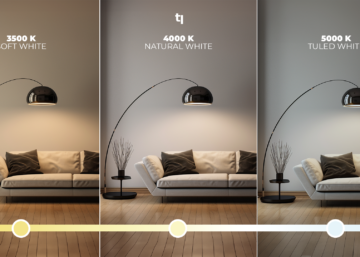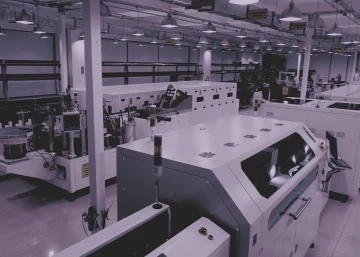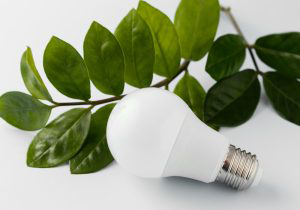Color temperature is considered an important factor in lighting and space design. Its effect on human psychology plays a big role in our living spaces and daily lives. In this blog post, we will examine how color temperature affects human psychology and how we can apply this knowledge to our living spaces.
What is Color Temperature?
Color temperature is a unit of measurement that expresses the color tone of light. It is measured in Kelvind (K) and has different shades such as warm white and cold white. As the value of the light temperature decreases, the light becomes a warmer and more comfortable tone. As it rises, the light becomes colder and more energetic.
Psychological Effects of Color Temperature
Color temperature has different effects on human psychology. Here are some of these effects:
a) Warm White Light: Warm white light (2700K – 3000K) has a relaxing and soothing effect. Therefore, it is preferred in living rooms, bedrooms and rest areas. Warm white light makes people feel more comfortable and reduces stress levels.
b) Natural White Light: Natural white light (3000K – 4000K) has both a relaxing and energising effect. This light temperature can be used in areas that require both rest and activity, such as bathrooms and kitchens.
c) Cold White Light: Cold white light (4000K – 6000K) has an energising and stimulating effect. Therefore, it is preferred in workspaces, offices and workplaces. Cool white light increases focus and helps people work more efficiently.
Color Temperature and Sleep Quality
Color temperature can have an effect on sleep quality and the hormone melatonin, which regulates our sleep. Using warm white light promotes melatonin secretion, making it easier to sleep. In contrast, using cold white light increases energy levels and can make it difficult to sleep. Therefore, it is possible to improve sleep quality by using warm white light before sleep.
Color Temperature and Social Relationships
Color temperature can also have an impact on social relationships. Warm white light creates a friendly and cosy atmosphere, helping people to communicate and socialise more easily. Cool white light, on the other hand, provides a more formal and distant atmosphere, so it may be more appropriate in business and educational areas.
Application of Color Temperature
By understanding the effects of color temperature on human psychology, it is possible to optimise our living spaces. By choosing the appropriate color temperature for the intended use of the space, we can improve our quality of life and health. We can also create sustainable living spaces by considering energy efficiency and environmental impacts.
The effects of color temperature on human psychology can significantly affect the comfort of our living spaces, our productivity and our health. By choosing the appropriate color temperature for the intended use of the space and applying this knowledge, we can significantly improve our quality of life and health. As color temperature is an important factor in lighting and space design, we can improve our lifestyle and quality of life by applying this knowledge to our living spaces.








